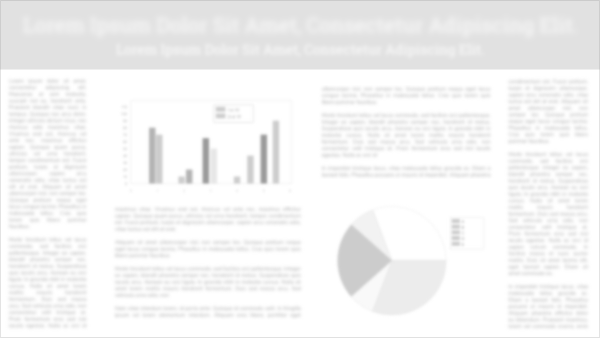Piloting TEAMS Activities: Observing and Analyzing Healthcare Interprofessional Teamwork Among Undergraduate Nursing Students
- Innovative Approaches to Interprofessional Pedagogy and Education Science
TEAMS 2: Analyze team interactions, identify collaboration barriers like role ambiguity and power gradients, and recommend improvements for team functioning and communication.Methods/Methodology: Students completed the 21-item IP Socialization and Valuing Scale (ISVS-21) pre- and post-TEAMS activities. In TEAMS activity 1, students created a self-guide for interviewing IP team members. In TEAMS activity 2, students observed two team interactions and discussed the purpose of the IP meeting. Students also completed a written reflection on their experience before and/or after debriefing sessions with their clinical instructor.Results/Findings: All individual item ISVS scores were higher after both activities. Overall, a trend was found suggesting a potential increase in students' IP socialization from baseline to post-TEAMS 1 (n=17) and TEAMS 2 activities (n=13). The reflections on Activity 1 provided insights into interprofessional roles, the impact of role interactions, and the importance of communication. For Activity 2, the reflections emphasized effective team functioning and communication, the factors that affect these, and suggestions for improvement.Conclusions, implications, and/or curiosities: The TEAMS pilot indicates the potential to improve nursing students' awareness of interprofessional roles and collaboration. Positive trends support its feasibility, though small samples and attrition necessitate further evaluation, especially on critical debriefing. Improved Infrastructure is essential for integrating TEAMS into nursing curricula and enhancing communication with clinical sites.
References
- 1. IPE Foundational Learning Activities. Accessed July 19, 2024. https://ipe.utoronto.ca/ipe-foundational-learning-activities
- 2. King G, Orchard C, Khalili H, Avery L. Refinement of the Interprofessional Socialization and Valuing Scale (ISVS-21) and development of 9-item equivalent versions. J Contin Educ Health Prof. 2016;36(3):171-177. doi:10.1097/CEH.0000000000000082








